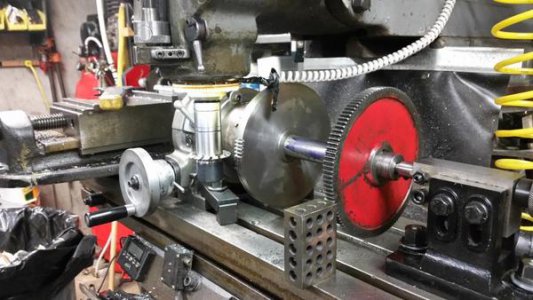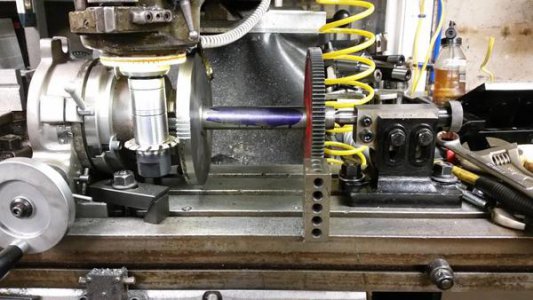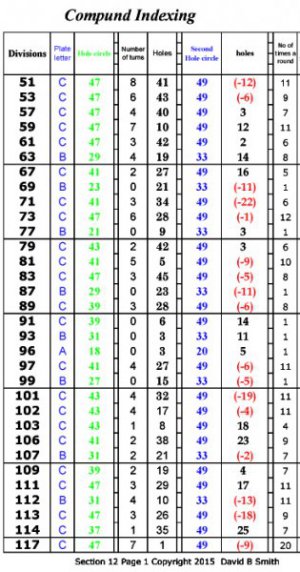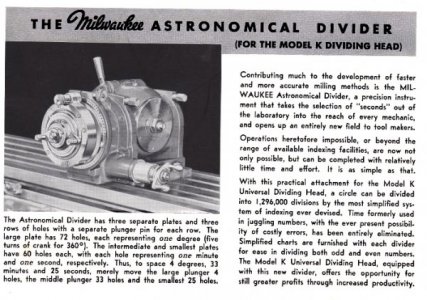- Joined
- Mar 1, 2012
- Messages
- 1,140
Here's a look at my high number index plates.
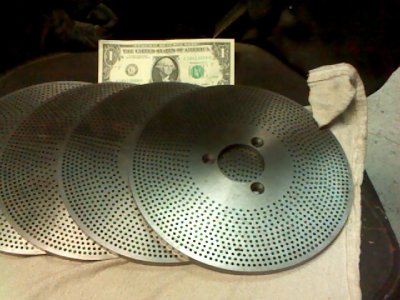
The plate on top has 143, 133, 123, 113, 110, 103, 93, 83, 73, 69, 64, 57 and 51 holes
Next one has 147, 137, 127, 117, 107, 97, 87, 77, 71, 70, 66, 59 and 52
Next 149, 139,129,119, 109, 99, 89, 79, 67, 61, 53 and 24
Bottom one 141, 131, 121, 111, 101, 91, 81, 73, 68, 63, 54 and 28


The plate on top has 143, 133, 123, 113, 110, 103, 93, 83, 73, 69, 64, 57 and 51 holes
Next one has 147, 137, 127, 117, 107, 97, 87, 77, 71, 70, 66, 59 and 52
Next 149, 139,129,119, 109, 99, 89, 79, 67, 61, 53 and 24
Bottom one 141, 131, 121, 111, 101, 91, 81, 73, 68, 63, 54 and 28



